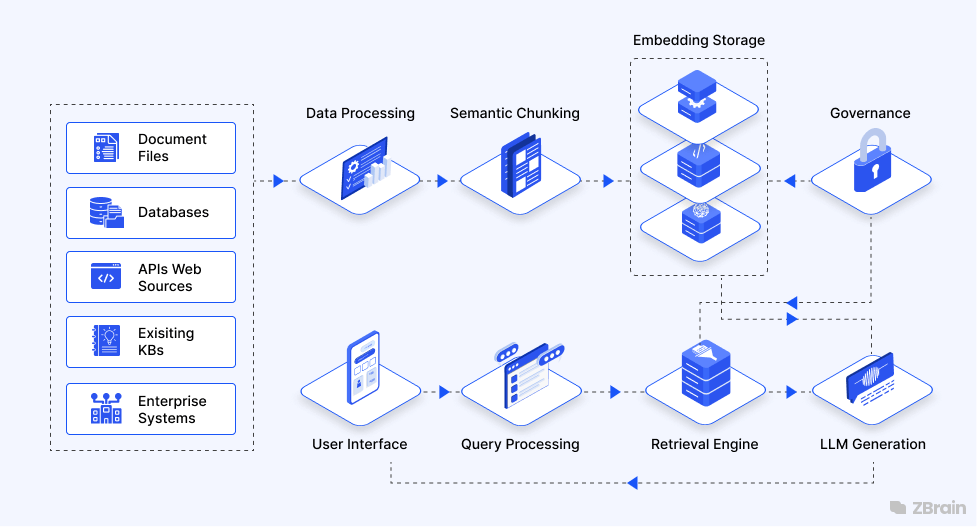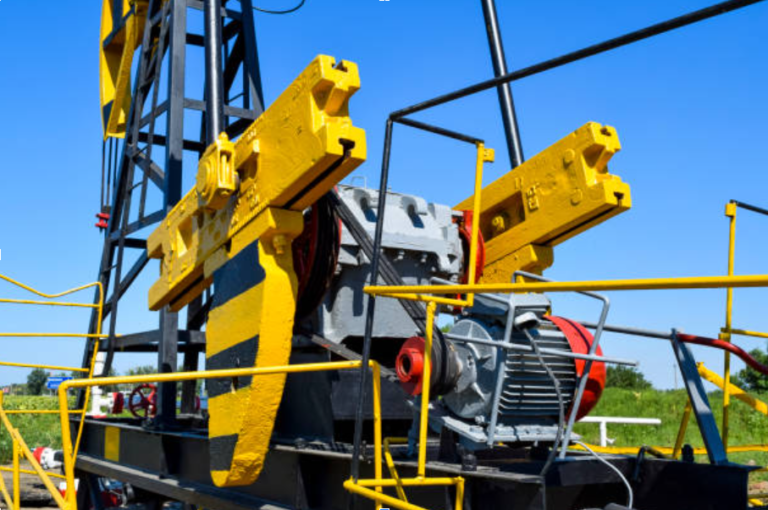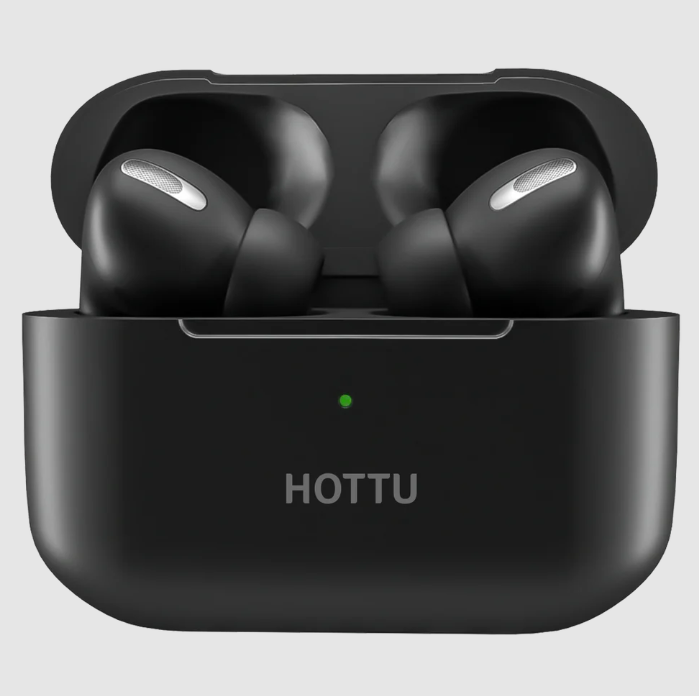How Graph-Based Enterprise Search Is Transforming Business Intelligence
Introduction: The Data Discovery Dilemma
Modern enterprises are drowning in data—but finding the right insights at the right time remains an uphill battle. Traditional keyword-based search engines often fail to capture the context and relationships hidden within vast corporate data lakes. As a result, employees waste valuable hours searching for information, while leaders struggle with fragmented knowledge.
Fortunately, cutting-edge technologies like graph-based enterprise search are turning the tide. These systems don’t just retrieve documents—they connect dots across siloed sources, enabling smarter discovery, real-time recommendations, and organizational intelligence at scale.
To understand how this innovation is being deployed in real-world enterprises, explore this solution for enterprise search and discovery with graph RAG. It leverages graph-enhanced retrieval-augmented generation (RAG) to deliver answers with traceable reasoning—paving the way for a more connected enterprise.
What Is Graph-Based Enterprise Search?
Moving Beyond Keywords
Unlike traditional search systems that rely on surface-level keyword matching, graph-based enterprise search builds knowledge graphs—interlinked representations of your organization’s data. These graphs reveal how people, documents, systems, and topics are related.
For example, instead of searching “Q1 sales report” and manually digging through files, a graph-powered system can understand the context of “sales,” “Q1,” and “report,” and connect them to relevant presentations, dashboards, and notes created by your sales team.
See also: How Tech Is Redefining Customer Experience
The Role of Retrieval-Augmented Generation (RAG)
Adding RAG capabilities enhances this even further. RAG combines neural language models with real-time search over proprietary data. When a user poses a question, the system retrieves relevant content from the knowledge graph and feeds it into a generative AI model to create a response—grounded in verifiable facts.
This reduces hallucinations, boosts trust, and saves teams from piecing together information manually.
Real-World Use Cases Across Industries
Legal & Compliance Teams
Legal departments can benefit immensely from graph-based systems. They can search for contract clauses, case law, and internal policies—all within a single query—and get responses backed by linked references.
R&D and Knowledge Management
In large organizations, research data is often siloed across departments. A knowledge graph helps break down those walls, linking related patents, research papers, experiment logs, and discussion notes. This fosters innovation and shortens R&D cycles.
Sales Enablement
Sales reps often struggle to locate the latest messaging, pricing documents, and product updates. Enterprise search powered by a graph and RAG ensures that sales teams always access the most relevant, approved, and up-to-date materials—boosting conversion rates.
Building a Center of Intelligence for Enterprises
The future of enterprise decision-making lies in creating a center of intelligence—a digital nervous system that connects and orchestrates knowledge across functions.
Platforms like ZBrain’s center of intelligence make this a reality by combining enterprise search, task automation, agent workflows, and real-time analytics under one roof.
Such a system doesn’t just search for data—it proactively recommends next steps, flags risks, and auto-generates reports based on real-time activity across tools and teams.
Benefits of Intelligent Discovery and Decision Support
1. Increased Productivity
By reducing time spent searching for documents or asking colleagues for answers, employees can focus on higher-value tasks. Studies show that AI-powered enterprise search can reduce search time by up to 40%.
2. Smarter, Faster Decisions
When insights are accessible and contextual, leaders can make better decisions—whether it’s responding to a customer request, identifying a legal risk, or approving a marketing campaign.
3. Enterprise-Wide Knowledge Retention
People leave. Files get buried. Institutional knowledge fades over time. A centralized, graph-powered knowledge system preserves this knowledge and makes it searchable for everyone, regardless of department or tenure.
4. Scalable AI Agent Orchestration
Once search is unified, organizations can layer intelligent agents on top—automating everything from customer support to internal Q&A, onboarding, report generation, and more. This kind of orchestration is only possible when knowledge is connected, discoverable, and trustworthy.
Implementing Graph RAG in Your Enterprise
Step 1: Identify Your Data Sources
Start by mapping where your critical data lives—whether it’s in cloud drives, CRMs, ERPs, chat logs, or document repositories.
Step 2: Build Your Knowledge Graph
Use a platform that can extract entities and relationships from unstructured and structured content to create your enterprise graph.
Step 3: Deploy Retrieval-Augmented Generation
Integrate generative AI models that can reference your graph to generate accurate, real-time answers and summaries.
Step 4: Layer Intelligent Agents
Once the knowledge foundation is set, you can deploy AI agents for HR, finance, legal, and more—each leveraging the same centralized intelligence.
Conclusion: From Chaos to Clarity
Graph-based enterprise search isn’t just an evolution of search—it’s a foundation for enterprise intelligence. By embracing graph RAG and integrating it with AI agents and analytics, businesses can shift from reactive information retrieval to proactive decision support.
From onboarding new hires to preparing executive reports, these systems make your organization smarter, faster, and more future-ready.
Explore how your company can unlock the full potential of its knowledge with enterprise search and discovery with graph RAG and lay the groundwork for a powerful center of intelligence that connects every department with actionable insights.






